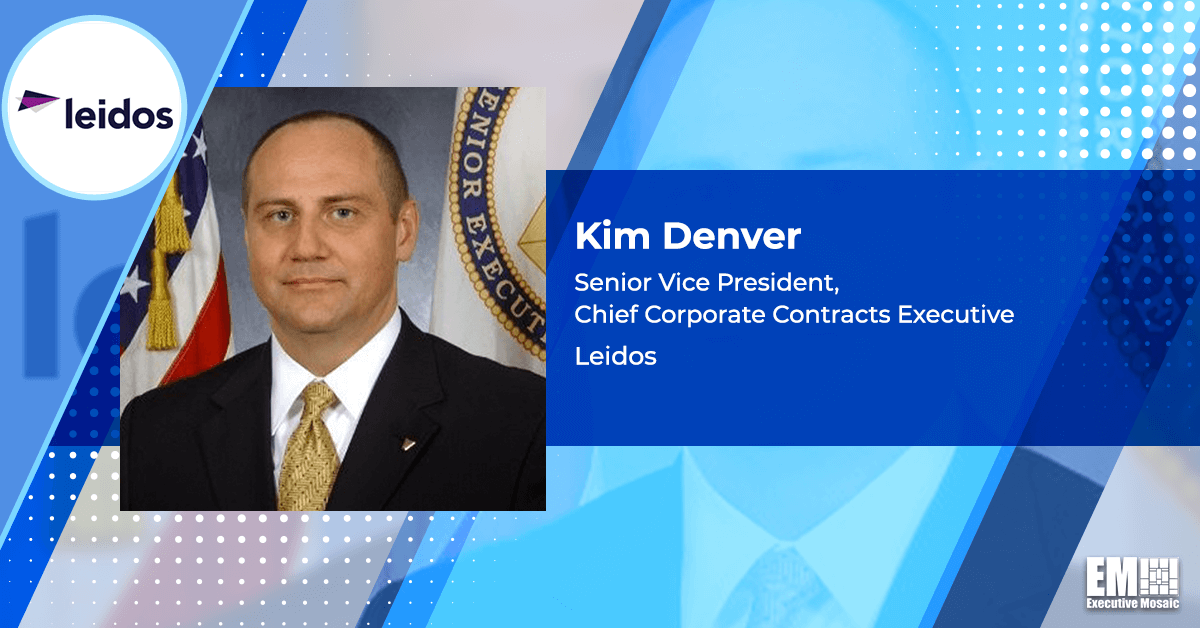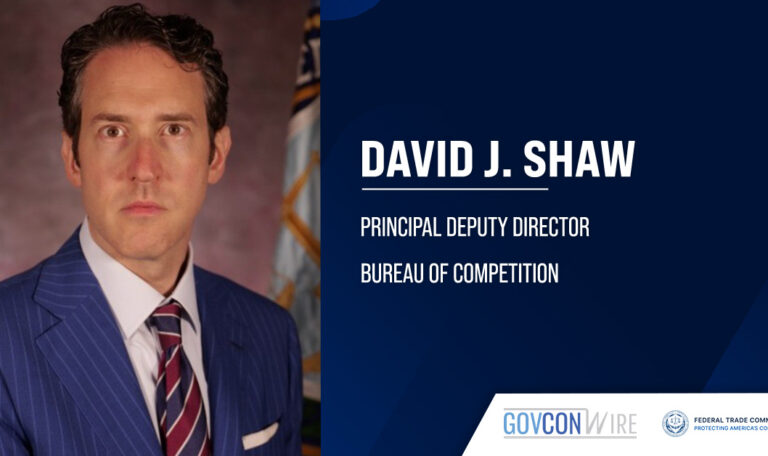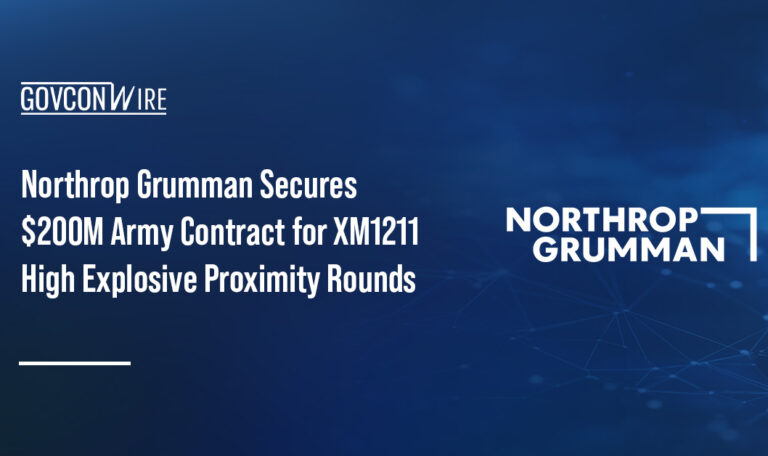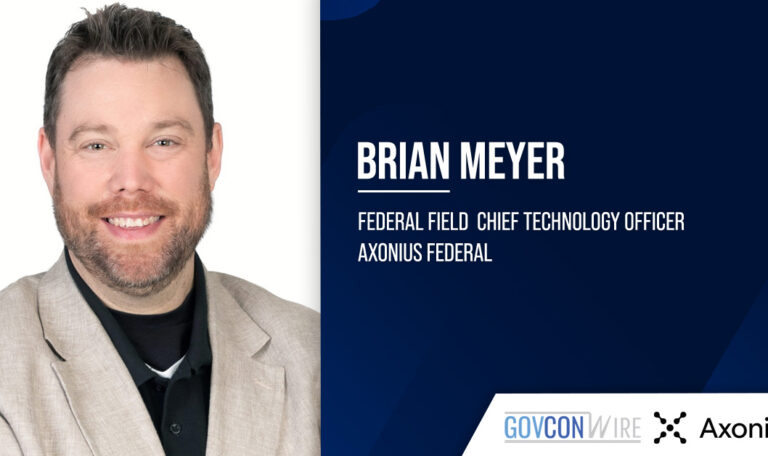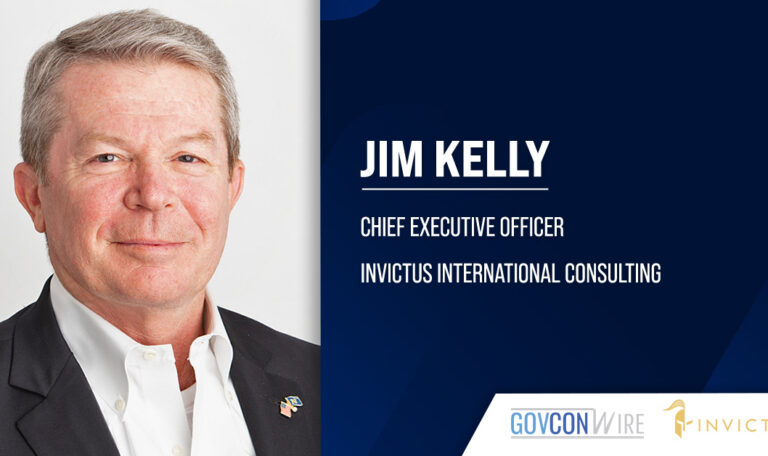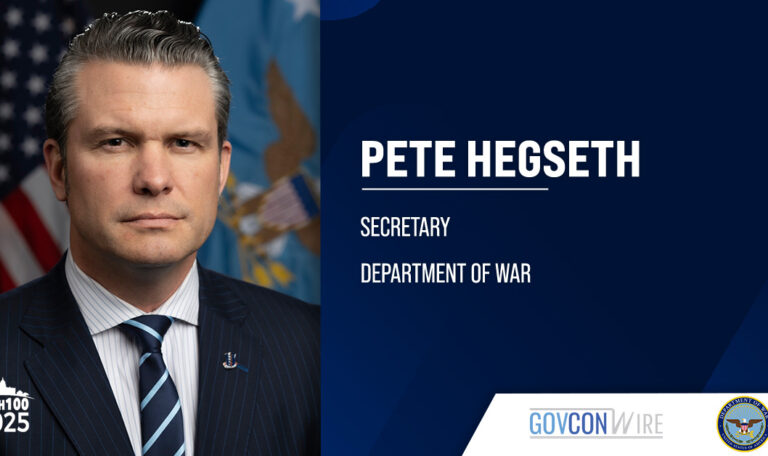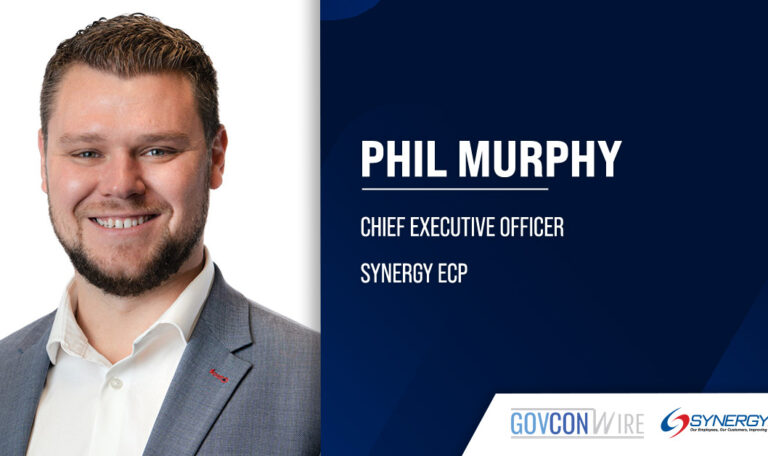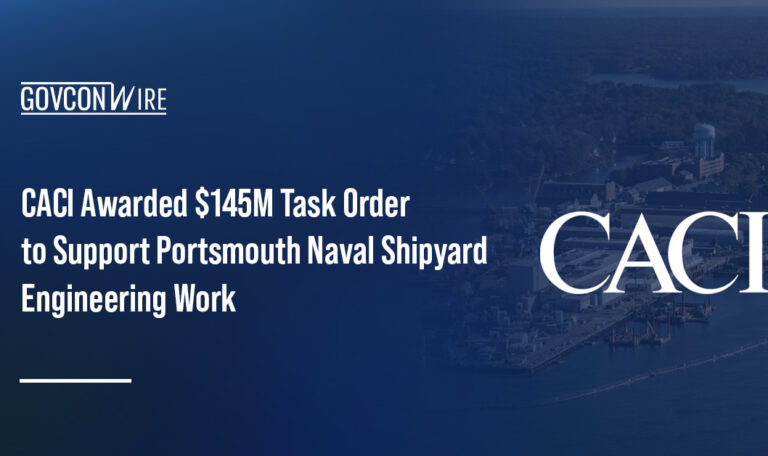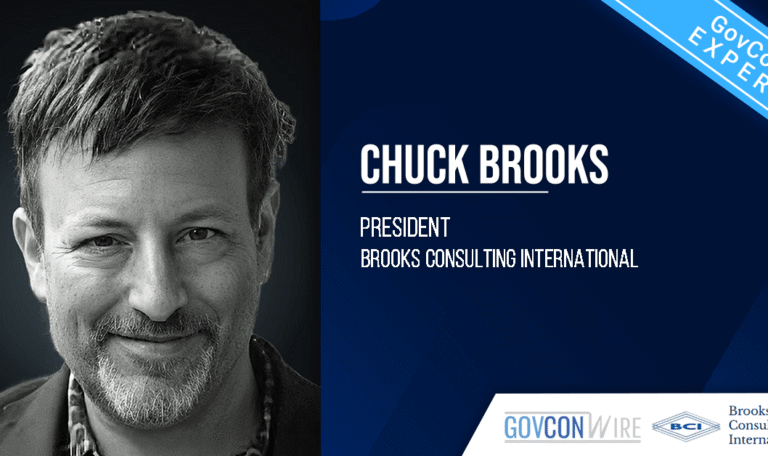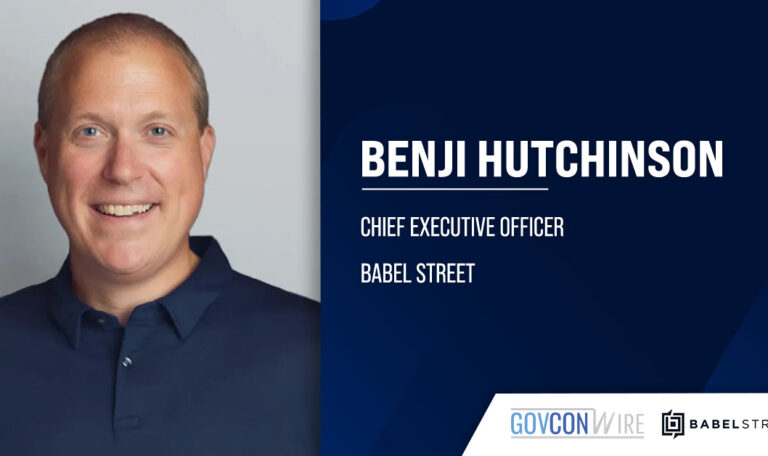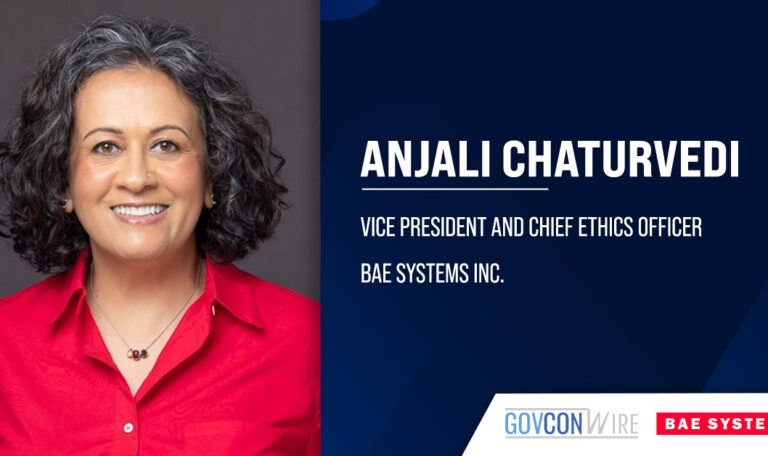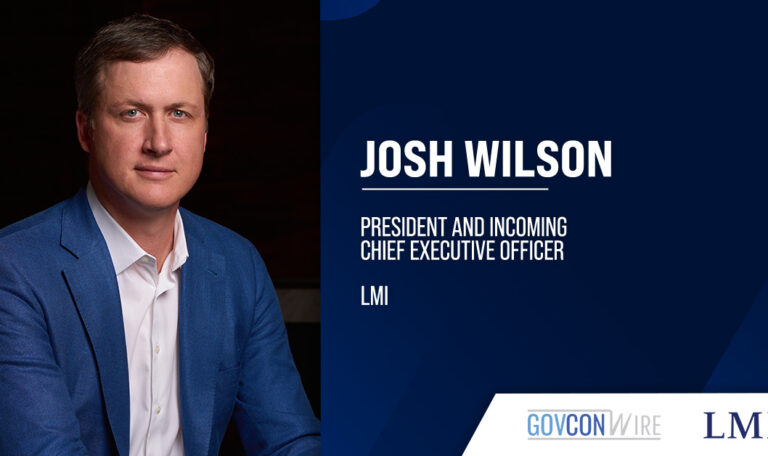Leaders from disparate parts of the U.S. government have encouraged members of the government contracting industry who may be concerned about secure ideas and blueprints being leaked or compromised during the acquisition process to enter the exchange as early as possible. This would mean getting on the ground floor so as to prevent risking their approaches being duplicated.
“Don’t always wait until the draft [request for proposal] comes out. A draft RFP is an opportunity, but if you’re concerned about something being revealed or your strategy being revealed, get in before that draft RFP and start shaping at that point,” synthesized Kim Denver, senior vice president and chief corporate contracts executive at Leidos and a former deputy assistant secretary of the U.S. Army for procurement.

Denver was echoing the thoughts of Karla Jackson, assistant administrator for procurement at NASA and John Tenaglia, principal director of defense pricing and contracting within the Office of the Secretary of Defense. Jackson is the chair of an acquisition strategy board that hosts a procurement strategy meeting when NASA is conceiving of introducing a contract, in an attempt to reach out to members of industry. She also said the agency fields a formal request for information to “test the marketplace” in the planning stages of the acquisition timeline.
“Right now we’re working on the Lunar Terrain Vehicle. We’ve had more than 11 or 12 visits to industry partners to understand what that marketplace looks like, walk around on the floor and talk,” the executive told an audience at the Potomac Officers Club’s Defense Technology Summit: FY2023 Budget and Priorities on Tuesday, during a panel discussion entitled “Rethinking Acquisition.” During the talk, Jackson, Tenaglia and Denver sorted through their various experiences and perspectives about the relationship between government and industry as seen in contract procurement and acquisition.
Drawing from his experience working in the DOD and particularly his time at the Defense Health Agency, Tenaglia shared that those on the public sector side of the equation could stand to improve their communication about what services and contributions they will require for a given project.
“It’s very difficult for government teams to know exactly what they’re going to need in the future,” Tenaglia reasoned.
According to Jackson, NASA — and by extension, the government at large — “need[s] a little more transparency, openness and honesty.”
“We are oftentimes overly optimistic with respect to schedule cost and our technical prowess. And we need to be honest with each other about what can really be achieved within those milestones. Are we going to do incremental capability delivery? Are we going to do the whole banana?” Jackson stated frankly, going on to assert that a direct communication about achievable pricing, timing and technological capability is the desired sweet spot.
The NASA figurehead, who simultaneously holds two other titles in addition to assistant administrator for procurement — senior procurement executive and deputy chief acquisition officer — instructed that this can be achieved via the transition from a hardware-based procurement strategy to a service delivery schema. As an example, Jackson invoked their space suit contracts, which are designed not to purchase the suits but rather purchase “the use of the suits.”
In response to a question from Denver about whether private sector disruptors or traditionalists are more welcome or impactful in the acquisition process, Jackson split the difference, saying that, for the space suit endeavor specifically, NASA is awarding two organizations, one from each camp.
Pivoting to a different realm, the panelists conversed about President Biden’s January 2021 Executive Order on Ensuring the Future Is Made in All of America by All of America’s Workers, which urges government financial entities to support stateside businesses and “whenever possible, procure goods, products, materials and services from sources that will help American businesses compete in strategic industries.”
Tenaglia, while acknowledging an adherence to this ruling, told the crowd about his time in Japan recently during which he met with the country’s Ministry of Defense. On his trip, the executive said he engaged with both the Japanese government and firms based there who are “interested in supporting not only Japan’s national security interests, but ours as well.”
“The mutual sharing of one another’s technologies helps us pursue programs that we need. They have some key technologies that we use,” Tenaglia continued, explaining that reciprocal agreements such as these still uphold the so-called ‘Made in America’ Executive Order.


